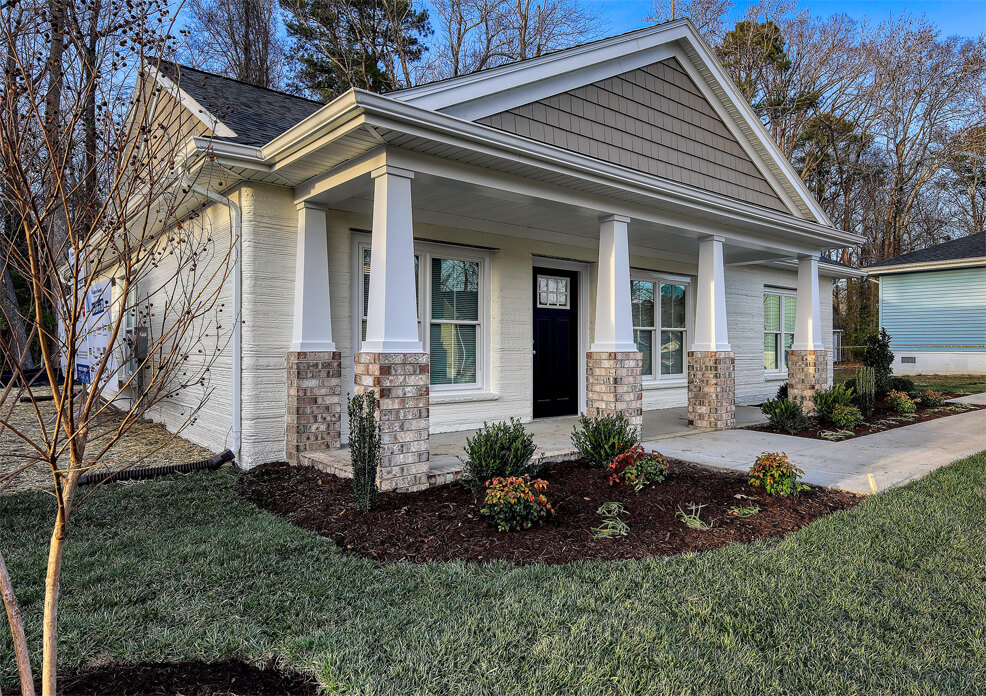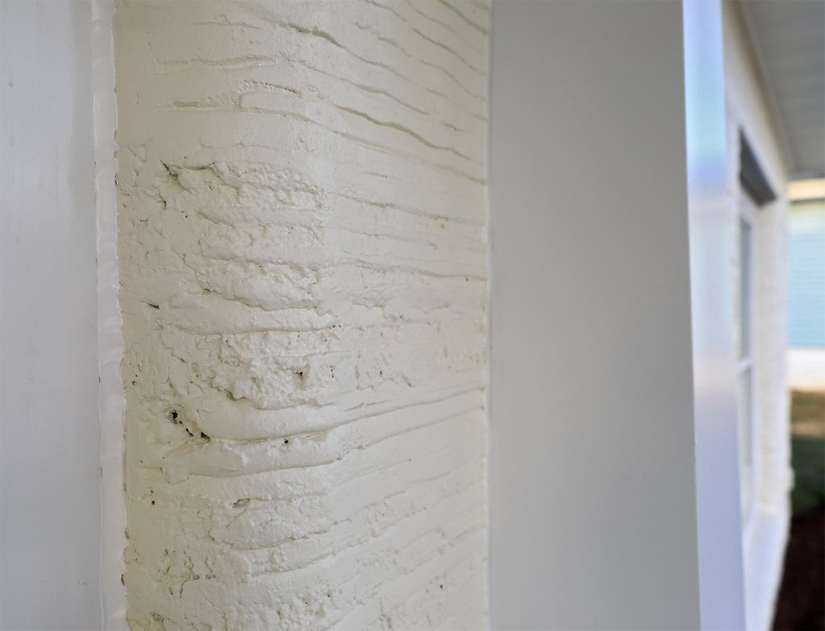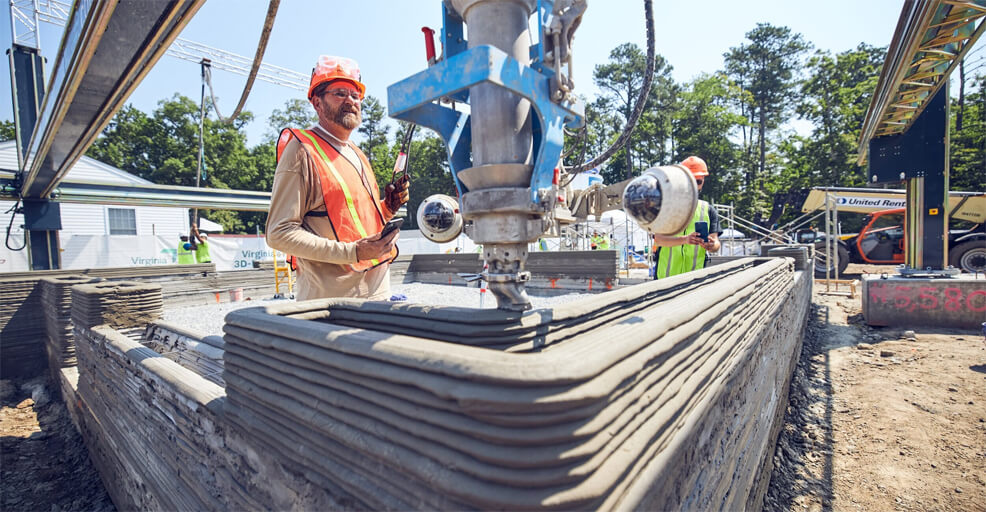
10th January 2022 First 3D-printed, owner-occupied home in U.S. Alquist, a house printing company, recently partnered with Habitat for Humanity to create a 3D-printed home in Williamsburg, Virginia.
April Stringfield and her 13-year-old son are now living in the new home seen here, completed just before Christmas. The three-bedroom abode is the first-ever 3D-printed, owner-occupied house in the United States. In the last two years, lumber costs have surged by more than 300%, creating material shortages and delaying construction projects. Nonprofit organisation Habitat for Humanity collaborated with Alquist, a company formed in 2020 that developed a patented concrete mix to reduce the need for lumber. Alquist is using its 3D printing technology in rural areas affected by the housing crisis to "focus on reviving those communities." In addition to saving an estimated 15% per square foot in building costs, the process is also much faster than standard construction. A crew built Stringfield's new 1,200 square foot home in just 28 hours. The concrete is also better at retaining temperature, which saves on heating and cooling costs, and is more resistant to tornado and hurricane damage. The home is being outfitted with solar panels, making it even more eco-friendly.
"Alquist's 3D-printing technology accelerates both the home-design and construction process, allowing a home to be built in days instead of weeks," the company said in a statement. "It is something to see." Alquist is installing a desktop 3D printer in the kitchen of every home it builds. Stringfield will receive a downloadable computer file, allowing her to do basic household repairs by creating replaceable parts with her very own 3D printer. Yet another hi-tech addition is a monitoring system in the home, to track and maintain indoor environment data enabling a series of smart building applications. Stringfield logged 300 volunteer hours, one of the requirements for the Habitat Homebuyer Program. Some were spent actually helping the crew on the construction site, while others were recorded at the Habitat ReStore in Williamsburg. Stringfield, employed full time for five years at a nearby hotel, will pay the no-interest mortgage back to the local Habitat affiliate – funds earmarked to go toward building future homes for qualified families.
Habitat homebuyers must have income between 45-80% of the area median, excellent credit and the ability to pay for their new home. Habitat homes are sold at no profit with a zero-interest equivalent, 20- to 30-year mortgage. "Many people think that Habitat gives homes away; we don't," explained Janet V. Green, CEO of Habitat for Humanity. "We sell homes to families with low to moderate incomes." "Habitat and Alquist share a similar mission: building housing that is affordable," said Zachary Mannheimer, Founder and CEO of Alquist. "We both believe in the American Dream of homeownership, and, by partnering, we can realise this dream for more families." "My son and I are so thankful," said Stringfield at a ribbon cutting and dedication ceremony. "I always wanted to be a homeowner. It's a dream come true." "This is all for my son," she added. "If you truly believe in something, keep trying and you can do it."
Comments »
If you enjoyed this article, please consider sharing it:
|









